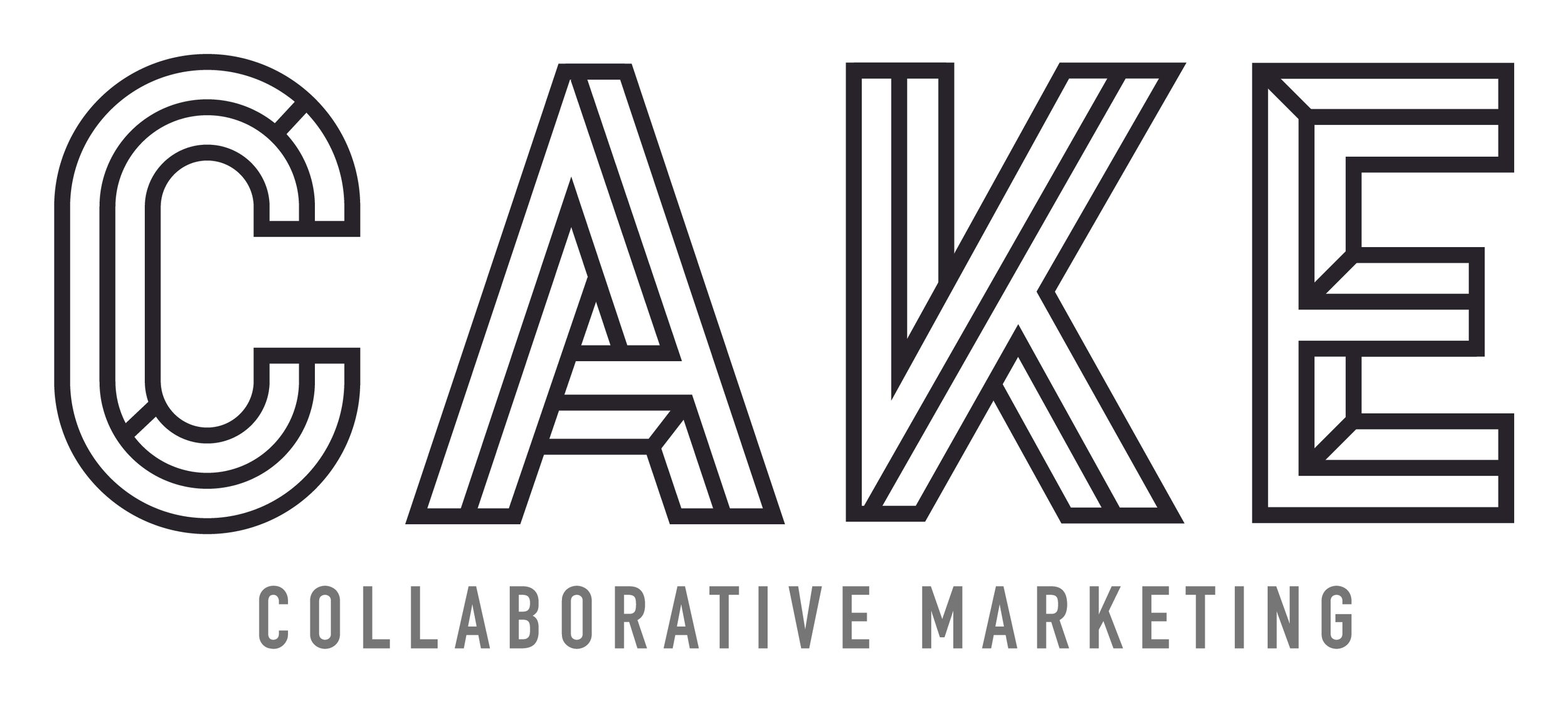So what does 2022 hold for retail?
For many, 2021 won’t be remembered fondly, and could not have ended soon enough. However, just the same as in every year since records began, there have been winners and losers.
The all-powerful doom and gloom of COVID can easily carry the blame for the losers – but that really doesn’t tell the whole story. Retail has always been a fast moving, ever evolving sector driven by the consumer’s love of being fickle and determining what’s in and what’s out. What is now also true, is that the pandemic world has accelerated this retail Darwinism, forcing the sector as a whole to reconsider what it takes to be successful. For so long a maligned fallen giant of yesteryear, Marks & Spencer are on the verge of having to revise their profit forecasts in a positive way. Next have announced the second positive adjustment to their profit forecast of 2021 – predicting a pre-tax profit increase of 9.8%. In the wider context of the health of the high street, these figures should inspire a positive outlook for 2022. These results have been driven by well-considered, well delivered strategy that embraces the changing habits of consumers and the evolving channels through which retail can interact and deliver. In the case of M&S, perhaps recognising the need to evolve the brand to shake off the dusty perception of a 20th Century dinosaur and learning from the competition has underpinned the upturn in fortune. Who could have predicted that a pig and a carrot fighting over a caterpillar and a bottle of gin would be so fondly embraced by the nation? Of course, the reality is a little more complicated – but aside from the brand repositioning, a much closer, more ruthless eye on efficiency has resulted in the improved performance of both these essential retailers.
Right now there is a need to be optimistic, to draw on the successes and look forward to the possibilities that the new year brings. However, the world is not quite out of the pandemic woods yet. Although footfall on our highstreets was 5.2% higher on New Year’s Eve than Christmas Eve (usually the reverse is true), suggesting that we were ready to come out of COVID isolation and support our highstreets, overall retail visits for the week from Boxing Day were just under 25% lower when compared to the time that is now known as pre-pandemic. This is a lot of ground to make up, a lot of confidence to win back, and a lot of decisions to make on how to manage operational challenges balanced with customer expectations.
The two headline challenges facing retail (amongst other sectors) are supply chain and staffing. The former a result of the perfect storm of Brexit and COVID is one that with an optimistic outlook, should resolve in time. However, during that time, the impact on costs, stock levels and delivery time will have to be addressed. IKEA announced a 10% price hike, Next 6% and Greggs a 5p – 10p per product – all of which hit the consumer hard in the pocket and present a barrier that retail must overcome. One approach is clear communication ahead of time, to keep the customer informed and reduce the element of surprise. Managing expectation will be critical going forward to prevent alienating both existing and potential customers.
Staff shortages have been exacerbated by the requirements of isolation to help curb the spread of Omicron, but the reality is that retail has perennially suffered from workforce challenges. The grocery sector – notably driven by Lidl, Aldi, Morrisons and more recently Sainsbury’s have made moves to address the problem by increasing staff wages to be above the government living wage level. Paying at least 50p an hour over the rate may only seem a small gesture, but the implication is that it is a demonstration that staff are valued as part of the larger organisation. Sainsbury’s have committed £100m to improve pay and rewards which for potential employees has to be considered a valuable incentive. It would be great to see similar commitments across the high street, to help position retail jobs as genuine career options to help inspire engagement and loyalty in the all too often disillusioned shop floor workforce. While human interaction drives high street sales, and the basis of brand engagement, then investment in this resource is fundamental for the long-term health of the bricks and mortar sector - with or without COVID.
2022 will no doubt bring more retail winners and losers, and those with a close eye on the evolving landscape, and a flexible strategy based on efficiency and engagement should finish on the right side.
Passionate about retail, CAKE specialise in footfall driving commercial strategies, customer analytics and innovation. Please drop us a line if you’d like a chat about how CAKE could help your business.

